Visiting Imola 30 Years On From Its Darkest Weekend
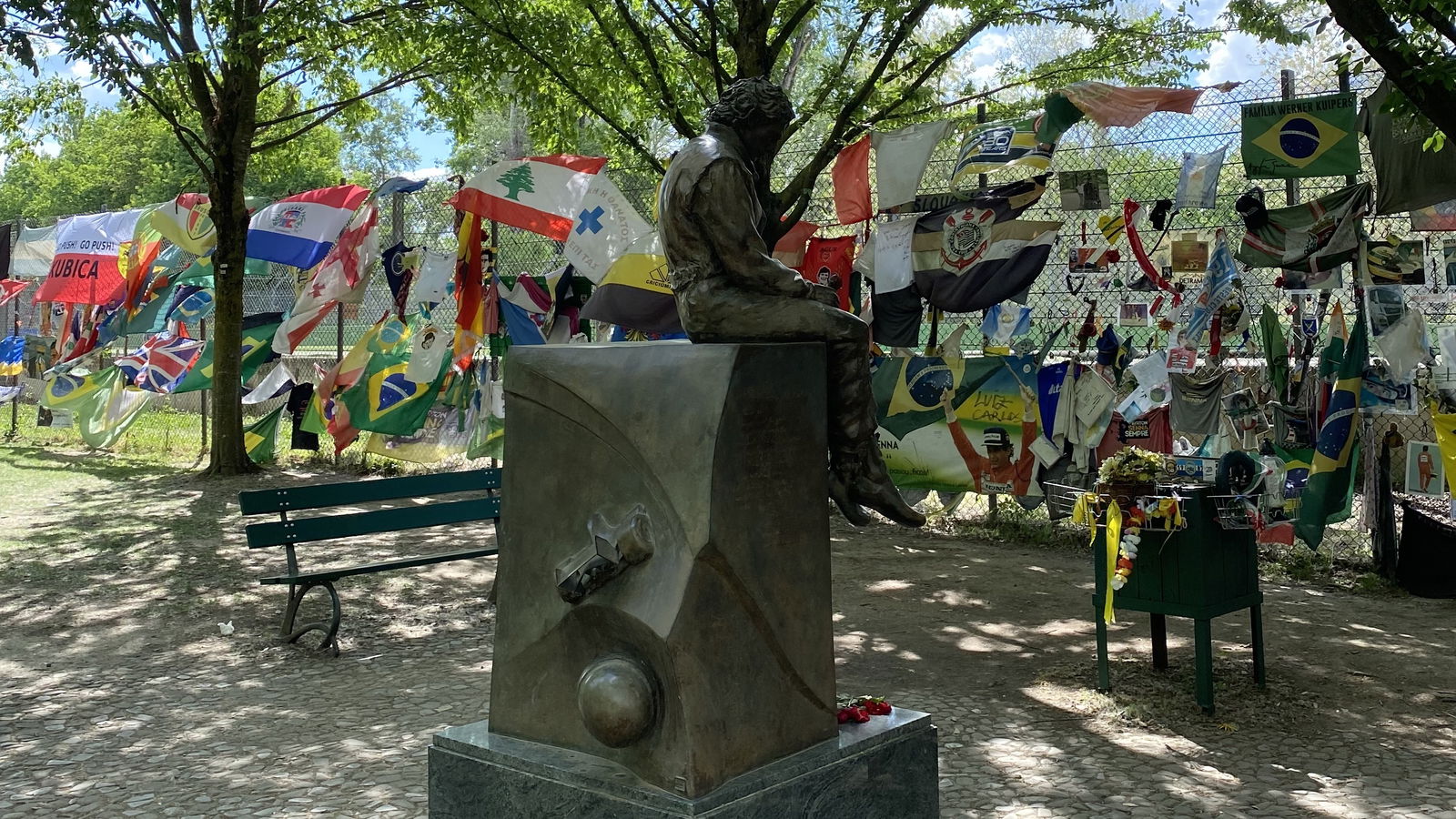
The Imola circuit will never escape its association with loss. Its official name – the Autodromo Enzo e Dino Ferrari – hasn’t just been tacked on as a promotional job. It was officially changed in 1956 from Autodromo di Imola to Autodromo Dino Ferrari to honour Enzo’s son, a budding engineer whose untimely death at the age of 24 would cast a shadow over the rest of his father’s life. When Enzo himself passed away in 1988, the name was updated once more in memory of the man whose cars had arguably drawn more eyes to a once-sleepy part of northern Italy than anything else.
But the losses the track will never really shake are the ones that happened in late April and early May 1994, a warm weekend in late spring that still hangs over an entire sport exactly 30 years later.
It shouldn’t have happened; it couldn’t have happened. In a sport once blighted by fatalities, huge strides in safety had been made, and nobody had died in competitive circumstances in Formula 1 since 1982. It was only the shock testing death of Elio de Angelis in 1986 that served as a reminder that the people strapping themselves into the era’s monstrously fast cars were still human, still mortal.
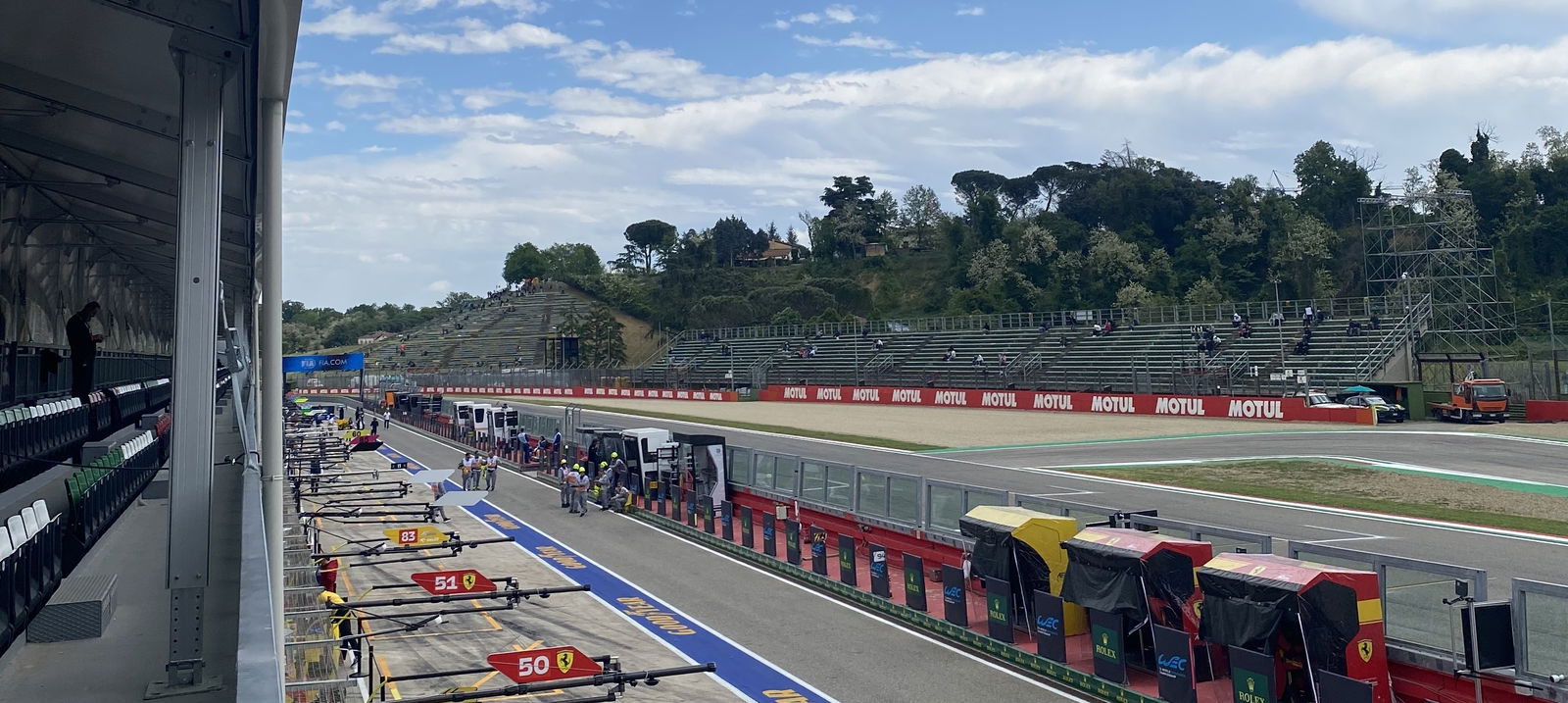
At the 1994 San Marino Grand Prix, that truth was hammered home again in horrible fashion. What unfolded that weekend has been told, retold, picked apart and analysed countless times in the ensuing decades, but none of that changes what happened.
Two drivers, almost the same age but at very different points in their career, lost their lives:Roland Ratzenberger, for years a promising talent in the junior formulas, but competing in only his third F1 weekend; and Ayrton Senna, a three-time champion, a fierce-spirited, once-in-a-generation driver already lauded as one of the greatest the sport would ever see.
At that point, questions had already been raised about Imola’s suitability for F1 racing, and what began in 1953 as a 3.1-mile track with only four big braking points had had work done to slow down the viciously fast cars of the ’80s and ’90s. But the run from the start/finish line to the left-hand hairpin at Tosa was still a comfortably flat-out blast, with the era’s cars nudging 200mph, and the track’s tight confines meant the walls were never far away.
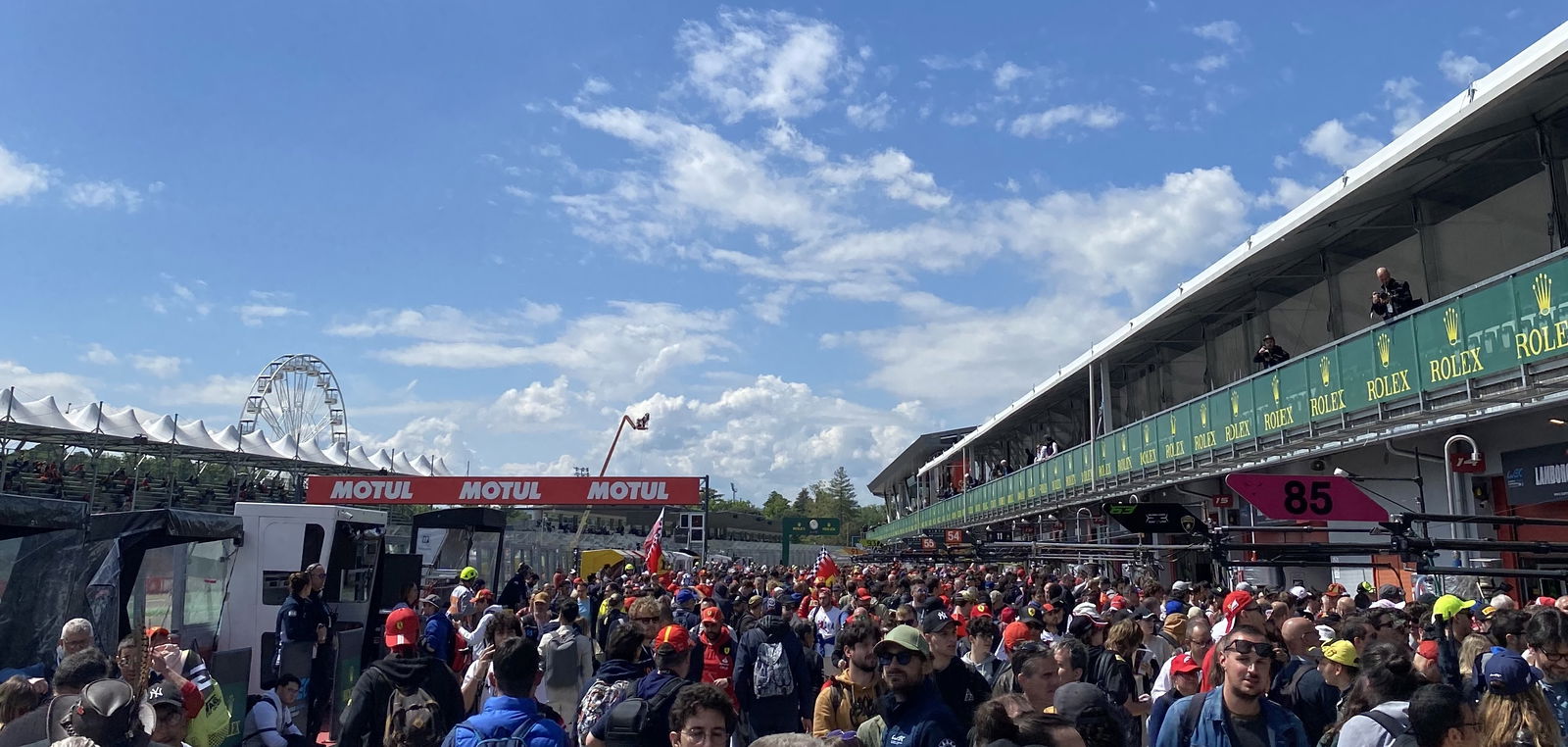
Both Ratzenberger’s and Senna’s accidents happened on this frontstretch – Ratzenberger’s during qualifying on the Saturday, at the right-hand kink of Villeneuve; Senna’s seven laps into the race on Sunday, midway through the flat left-hand sweep of Tamburello.
The weekend was a bucket of cold water for the circuit, for the FIA, and for motorsport as a whole. By the following year, Imola was an entirely different circuit in character. Both Tamburello and Villeneuve were now chicanes, consciously designed to tame a white-knuckle stretch of racetrack that was a hangover from the sport’s grizzly mid-century period. It was all that could be done, but it would never be enough to stop the track from having the names Senna and Ratzenberger hanging over it forever more.
In April 2024, less than two weeks out from the 30th anniversary of one of racing’s darkest weekends, the World Endurance Championship visited the track for the first time for a six-hour race. One of the many wonderful things about Imola as a circuit is how accessible everything is – it’s laid out along a narrow parcel of land, and you can freely roam the infield, easily reaching lots of different viewpoints. But it also gives you a chance to take in the track’s tumultuous history.
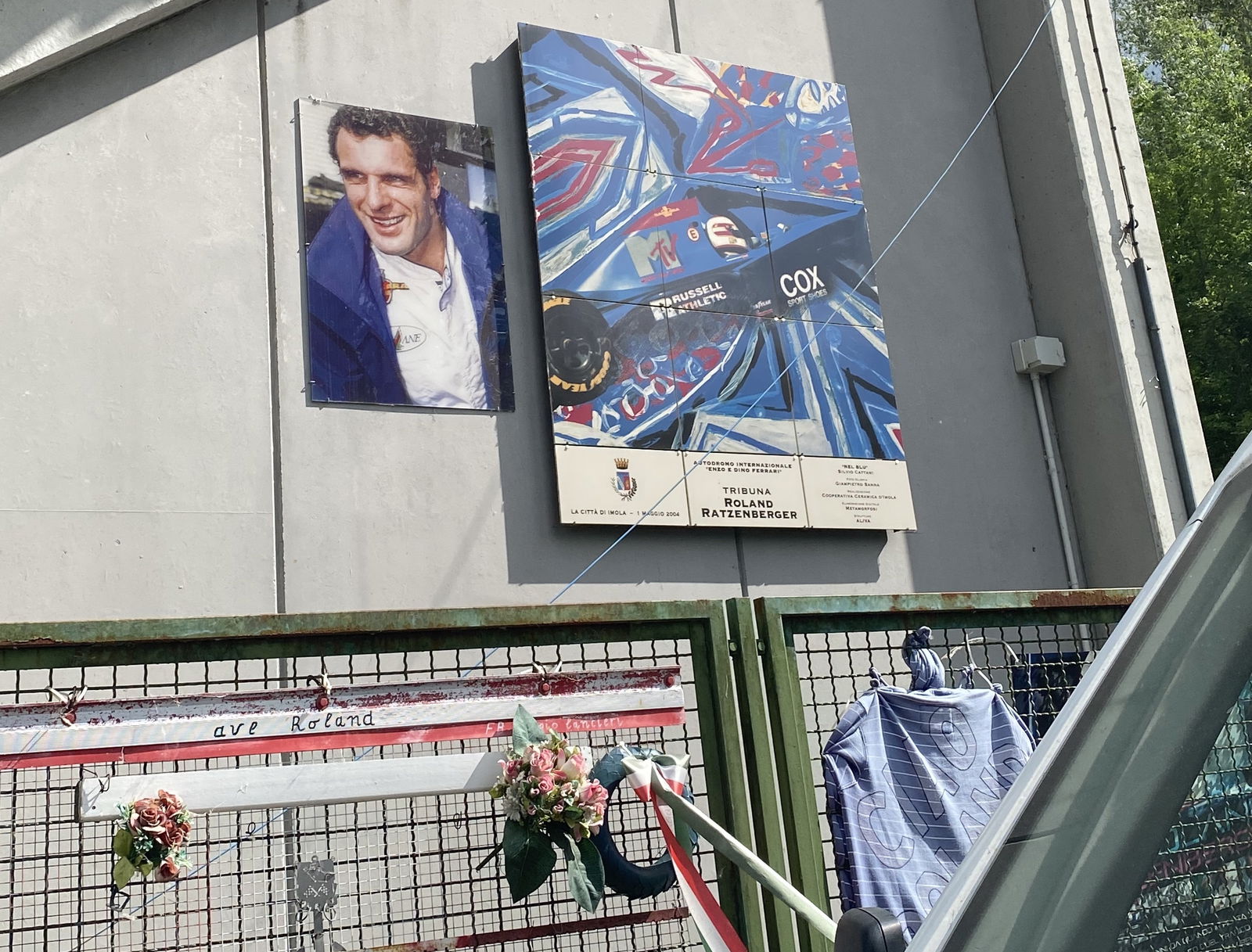
The tributes to Ratzenberger are a little more muted. Whether or not they should be, they inevitably would be. Nevertheless, at the grandstands overlooking Tosa, there are still dozens of photos, banners, flowers, and wreaths, all commemorating someone whose full potential we never really got to see.
A five-minute walk back towards the start line sits the Senna memorial. Considering the sheer star power the man had, it’s reasonably modest: surrounded by trees green with the newness of spring, a statue of him sits, perpetually overlooking the spot where F1 changed forever on 1 May 1994.
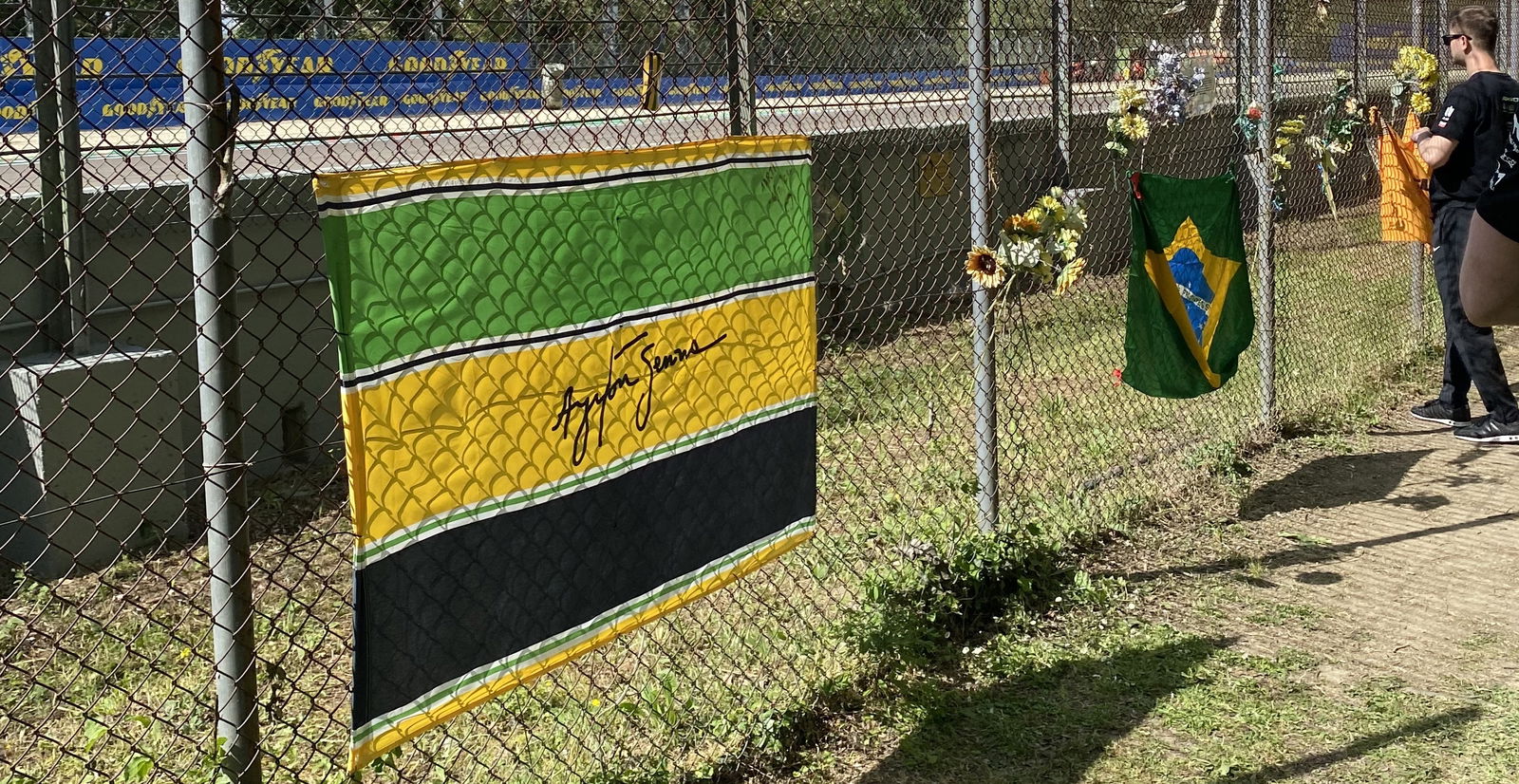
Or he would be overlooking it, were it not for the mass of tributes affixed to the catch fence separating him from the track. Flowers, photographs, old bits of promotional material, and of course, flags – flags from every continent, but regularly punctuated by the green and yellow of Brazil, a nation that mourned collectively for days, months, and years following the accident. What’s abundantly clear is that the depth of emotion around Ayrton Senna has not subsided in the 30 years since his death, even amongst those who weren’t yet around when it happened.
There’s an eerie hush amongst the scattered crowd gathered here, a hush that’s broken moments later when a stacked World Endurance Championship grid begins to trickle out for its shakedown laps. The first cars flash between the gaps in the flags on the fence, their hard-edged exhaust notes filling the woods by the track.
It feels appropriate. After all, the late Sid Watkins, F1’s chief doctor and a close friend of Senna, had suggested to the distraught Brazilian that he withdraw from racing in the aftermath of Ratzenberger’s accident. Senna and the 24 others who lined up on the grid that Sunday were racers, though, and they took that start because they loved what they did, even though, with hindsight, the risk was unacceptable.
The best possible tribute to the two drivers we lost that weekend is that Imola remains. It remains a beautiful, challenging, historic track, loved and respected by the entire motorsport community. It’ll never shake the horrors of that weekend, but as 37 cars make their way noisily down towards Tamburello for the start of the 6 Hours, it’s hard to think of a better memorial.
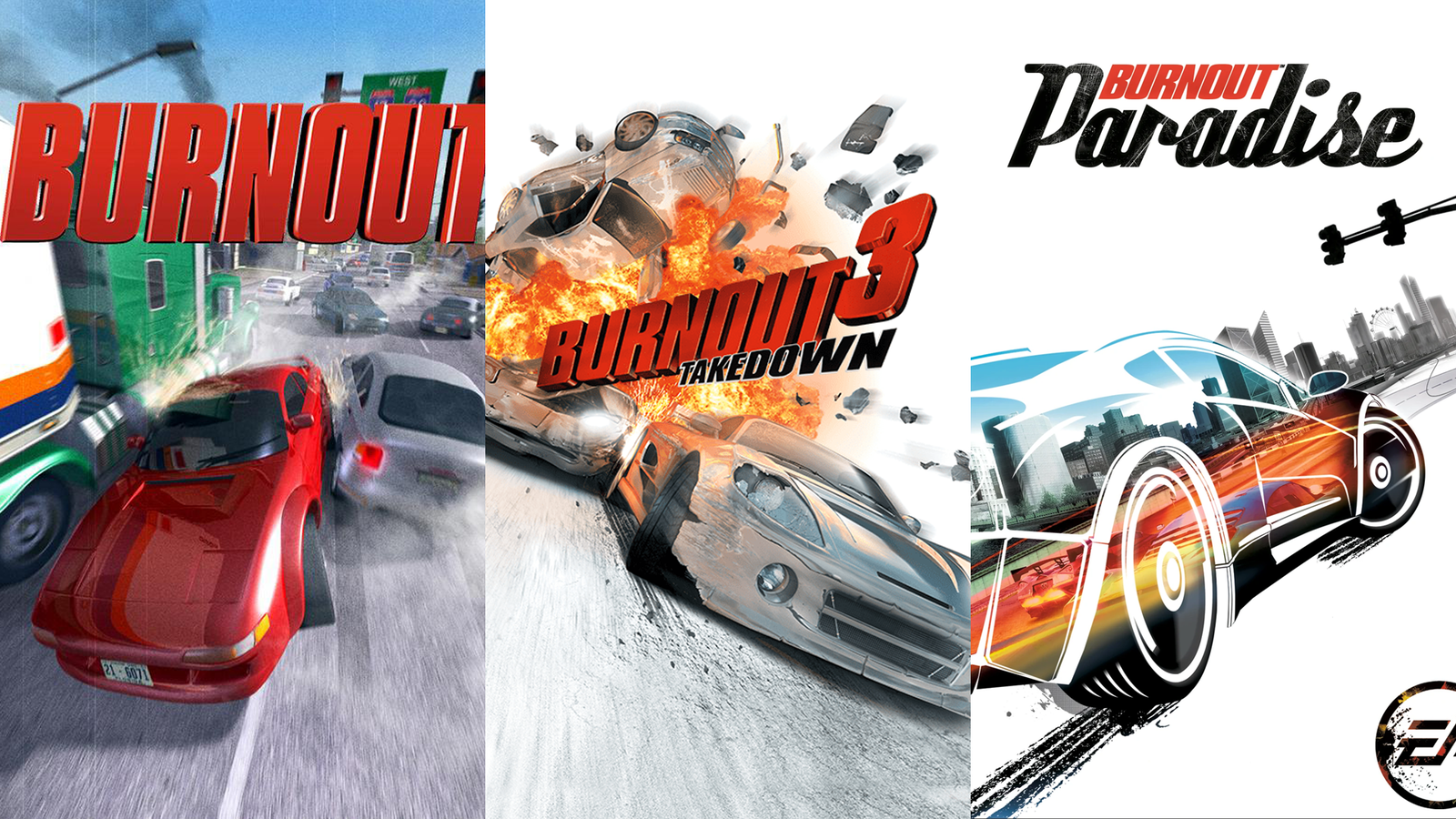
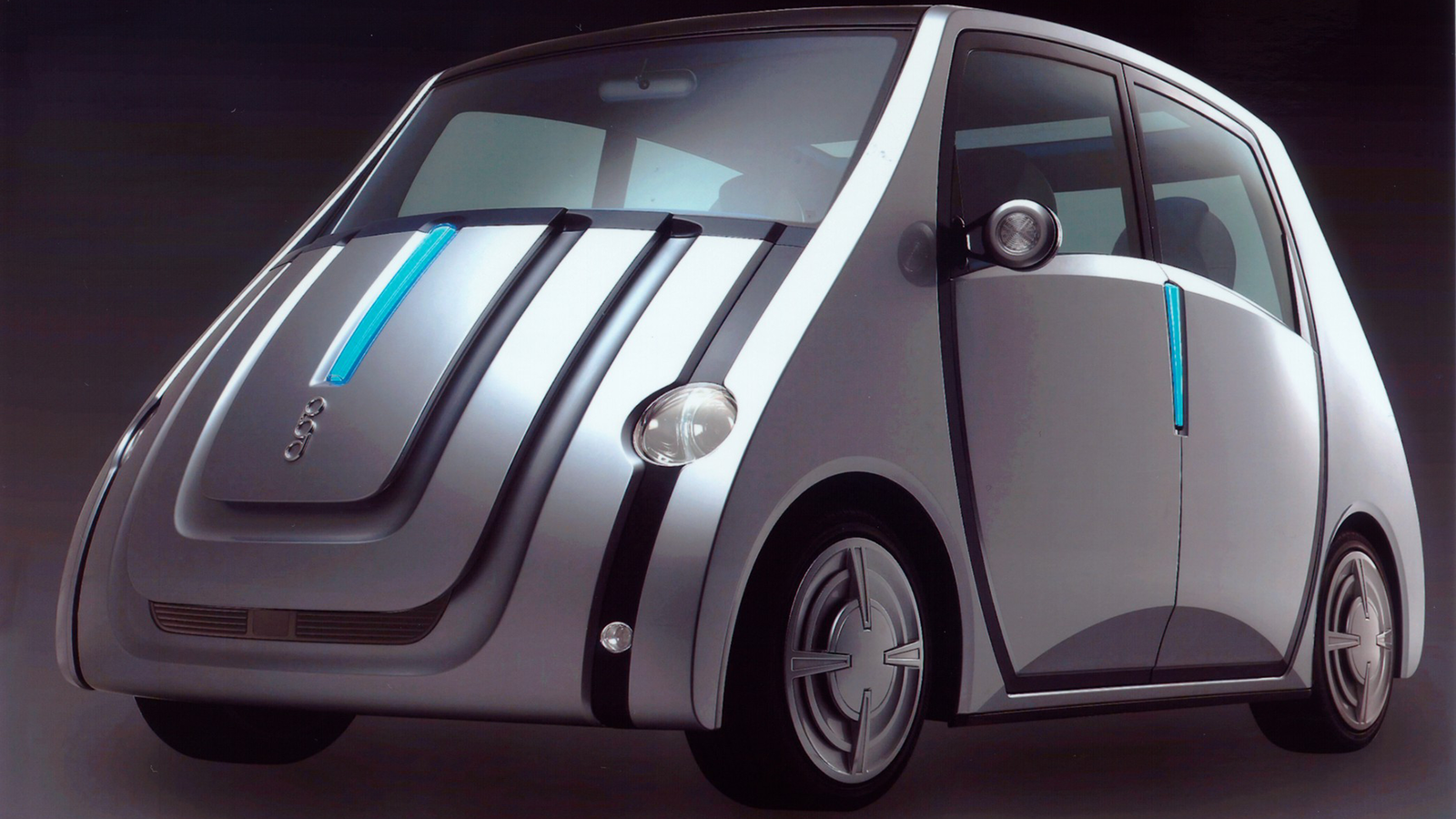
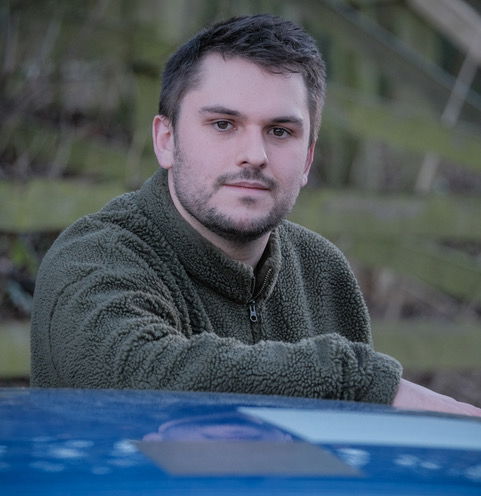
Comments